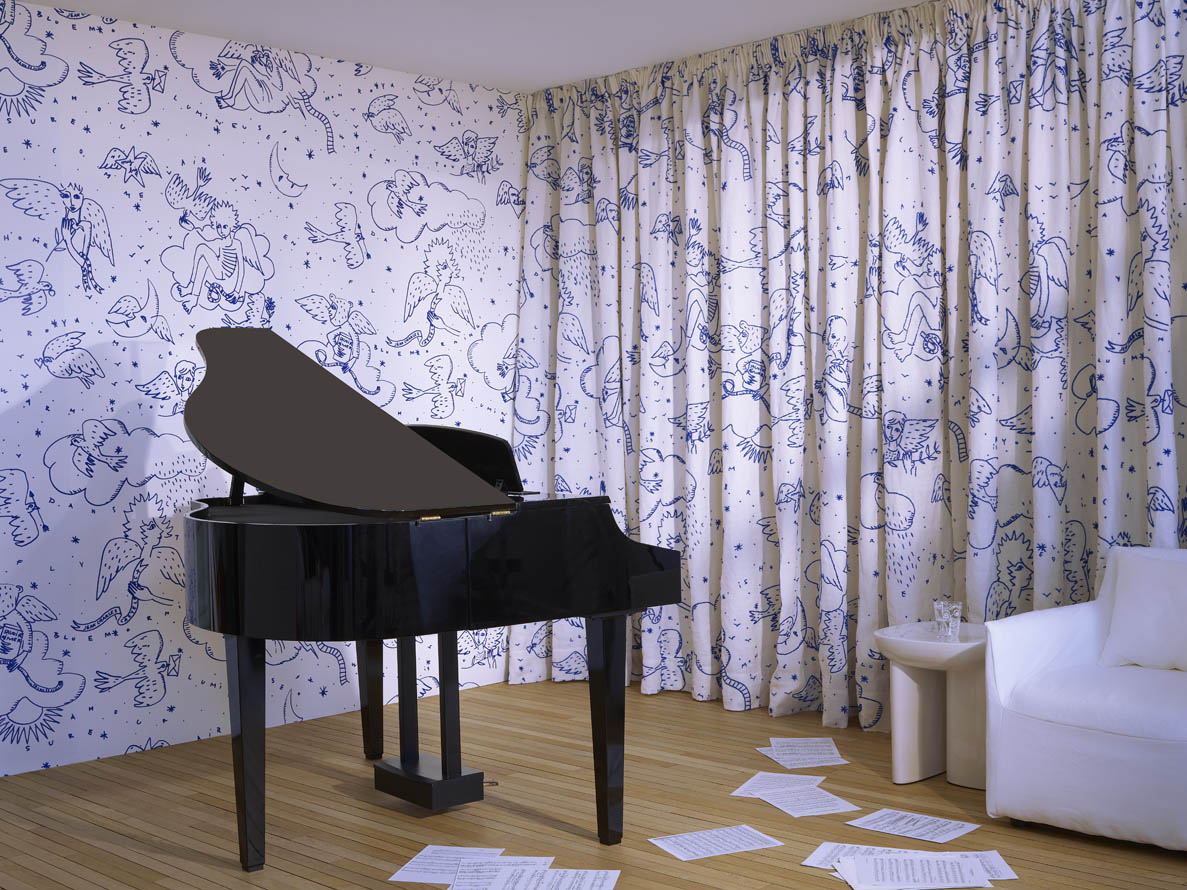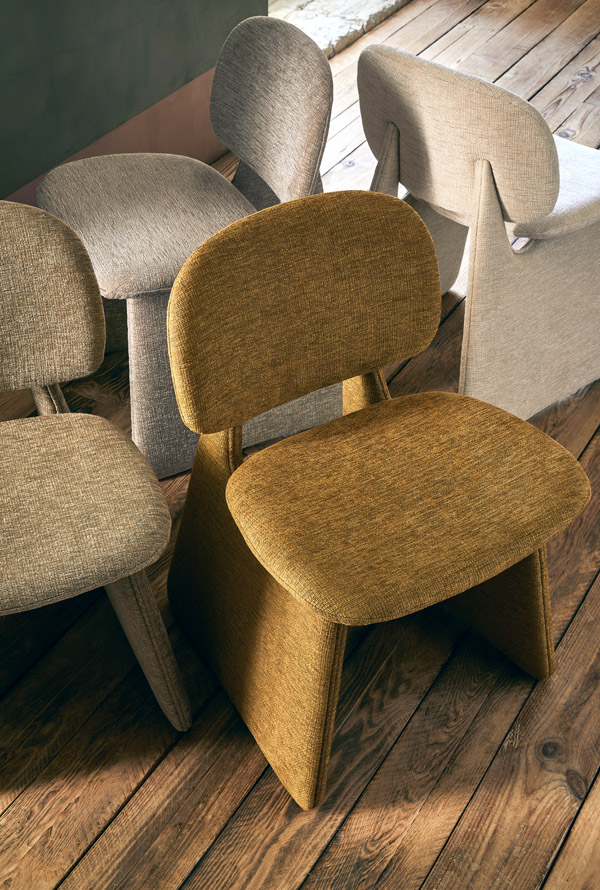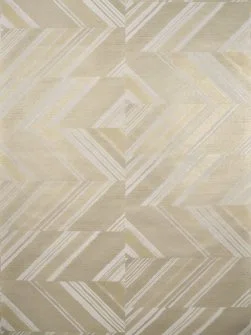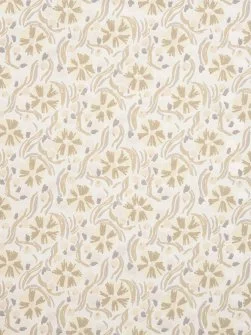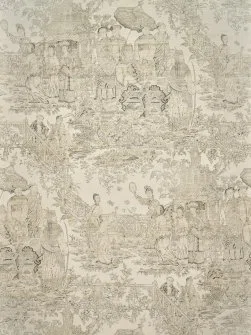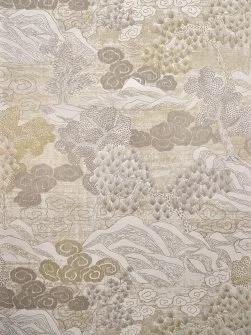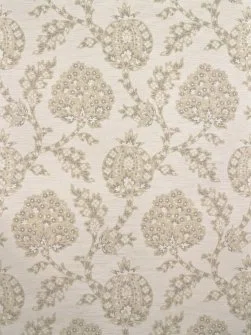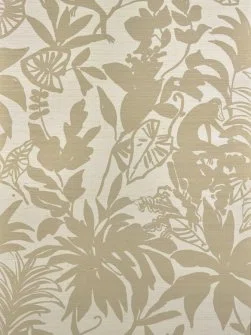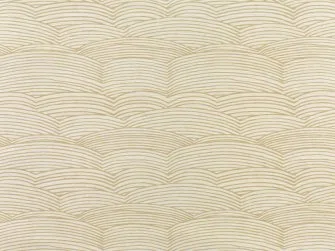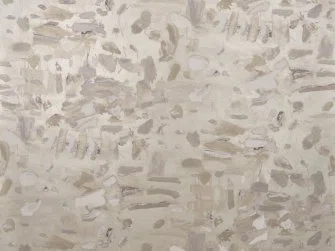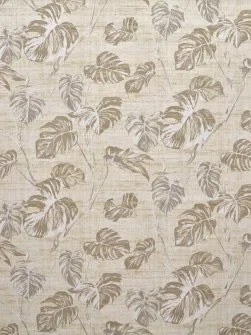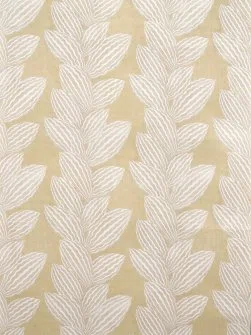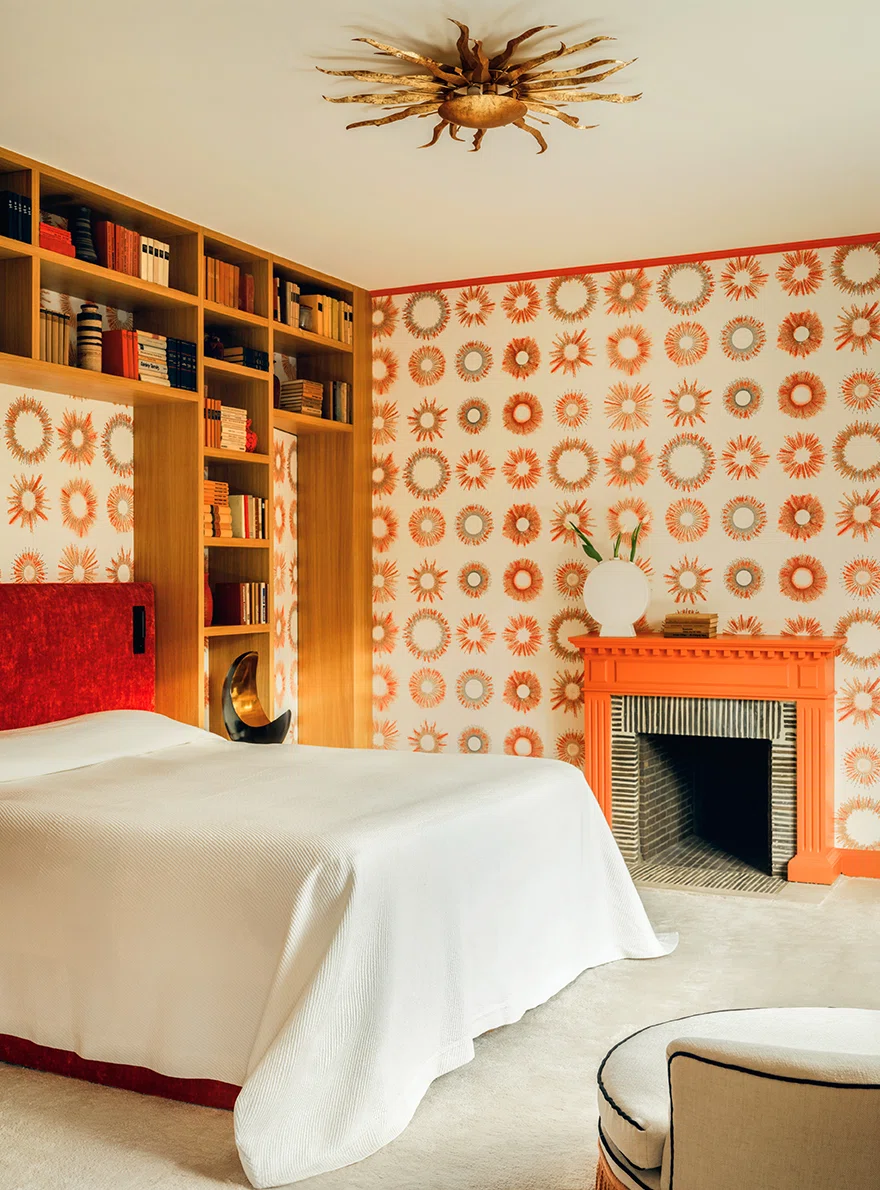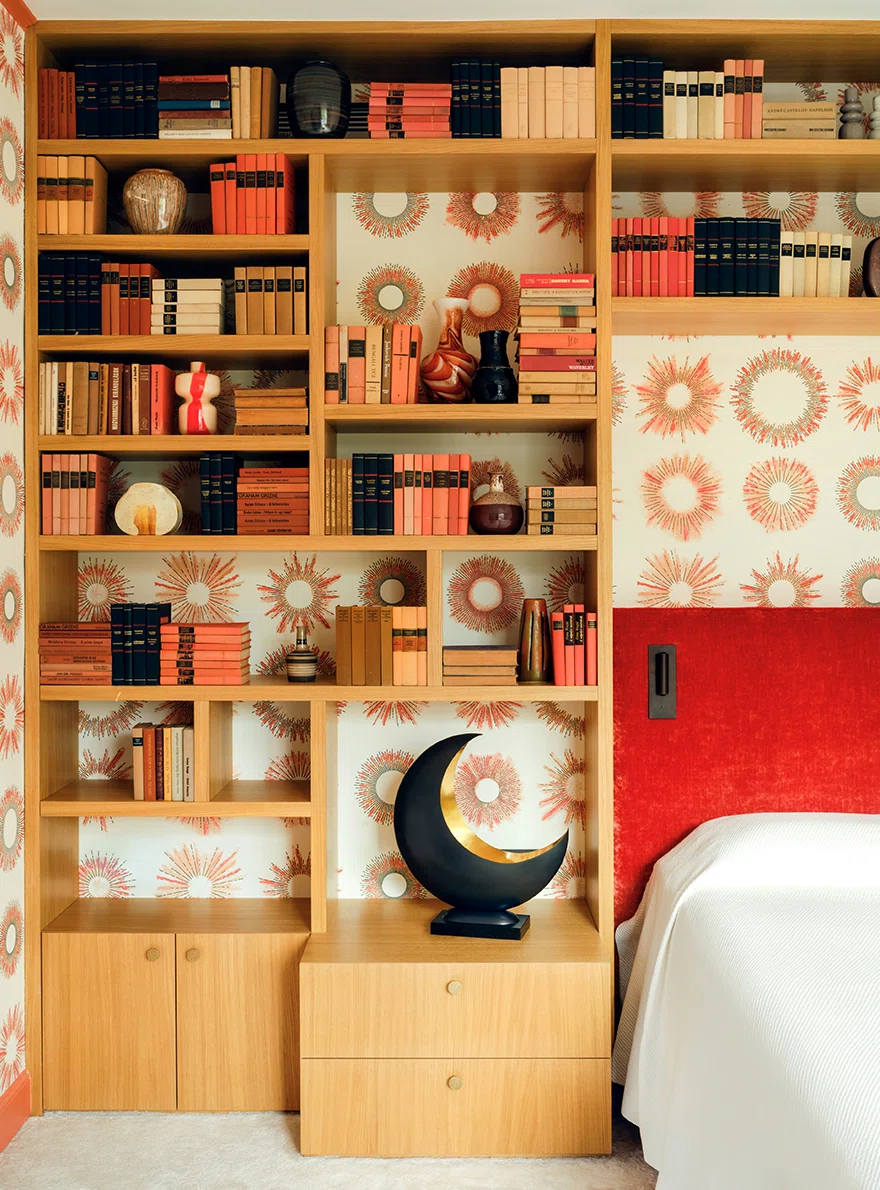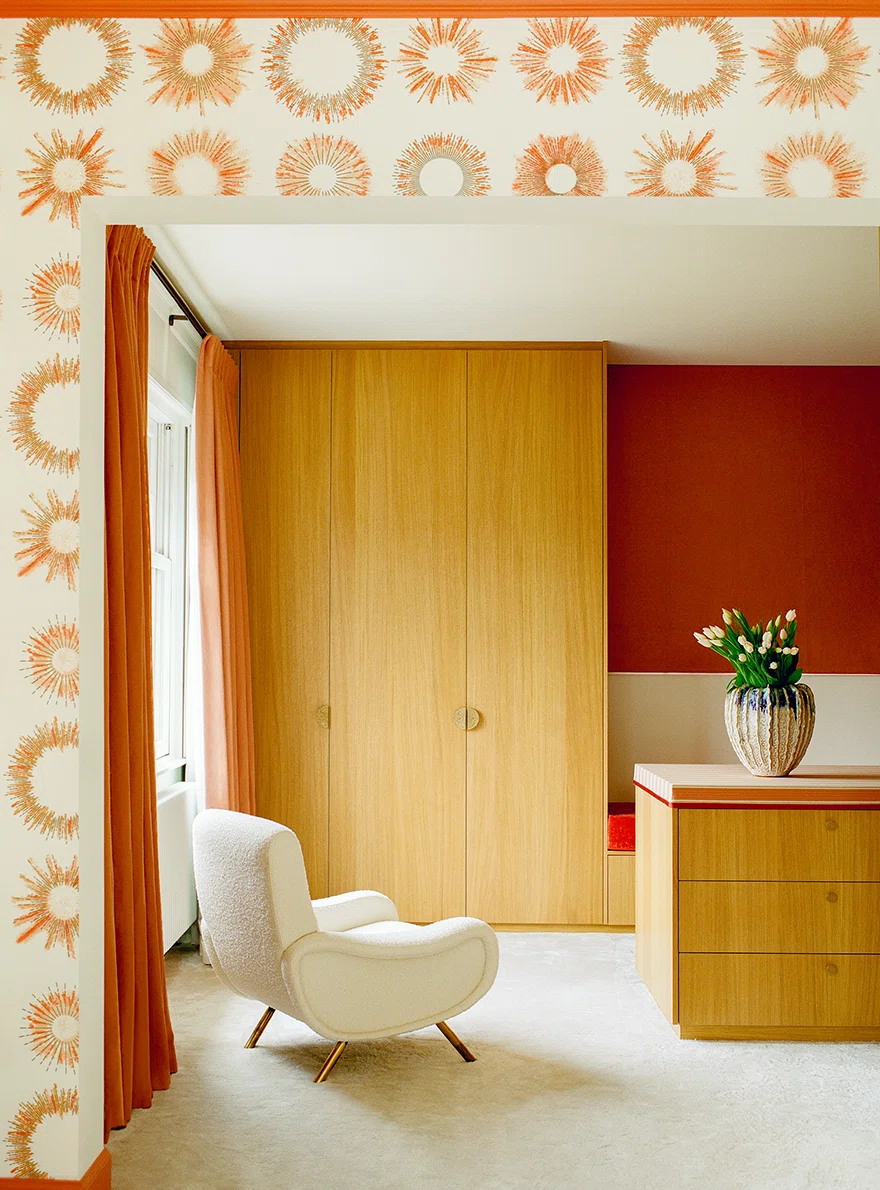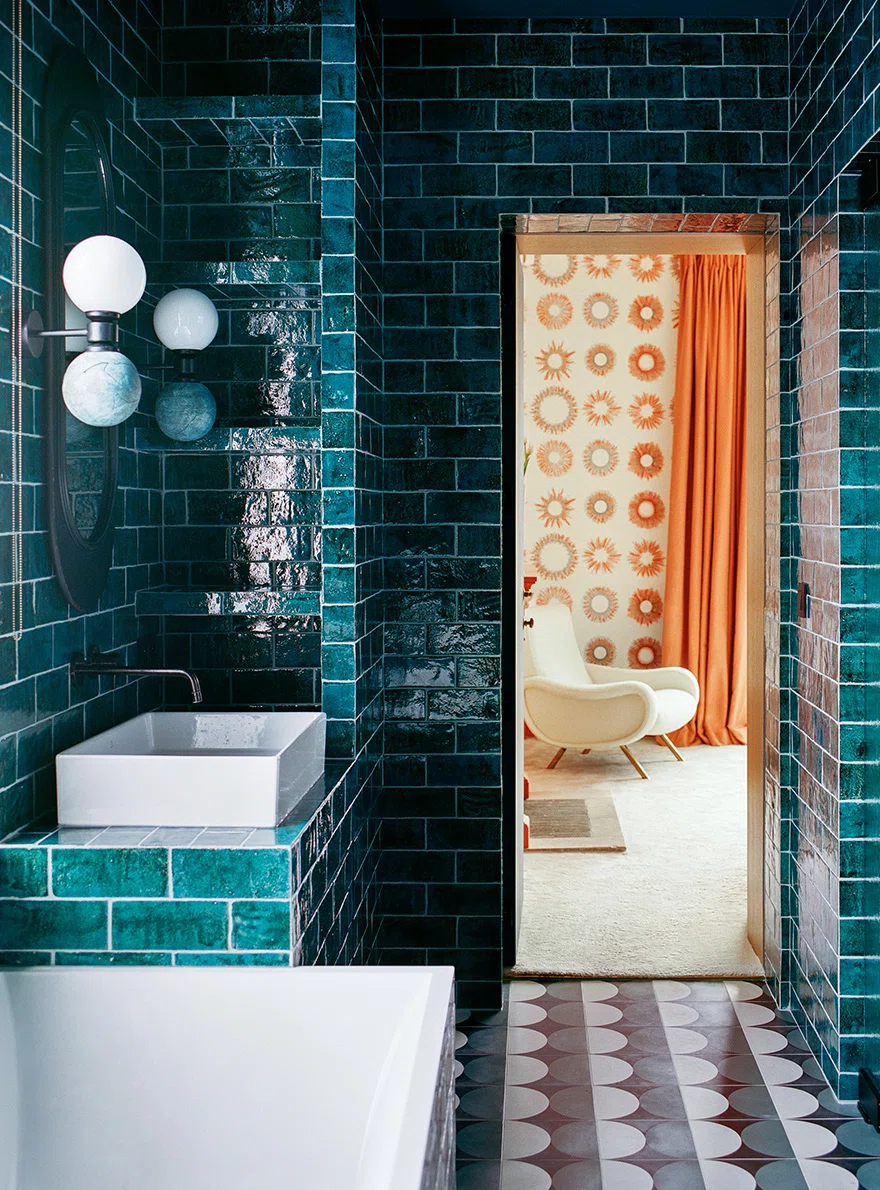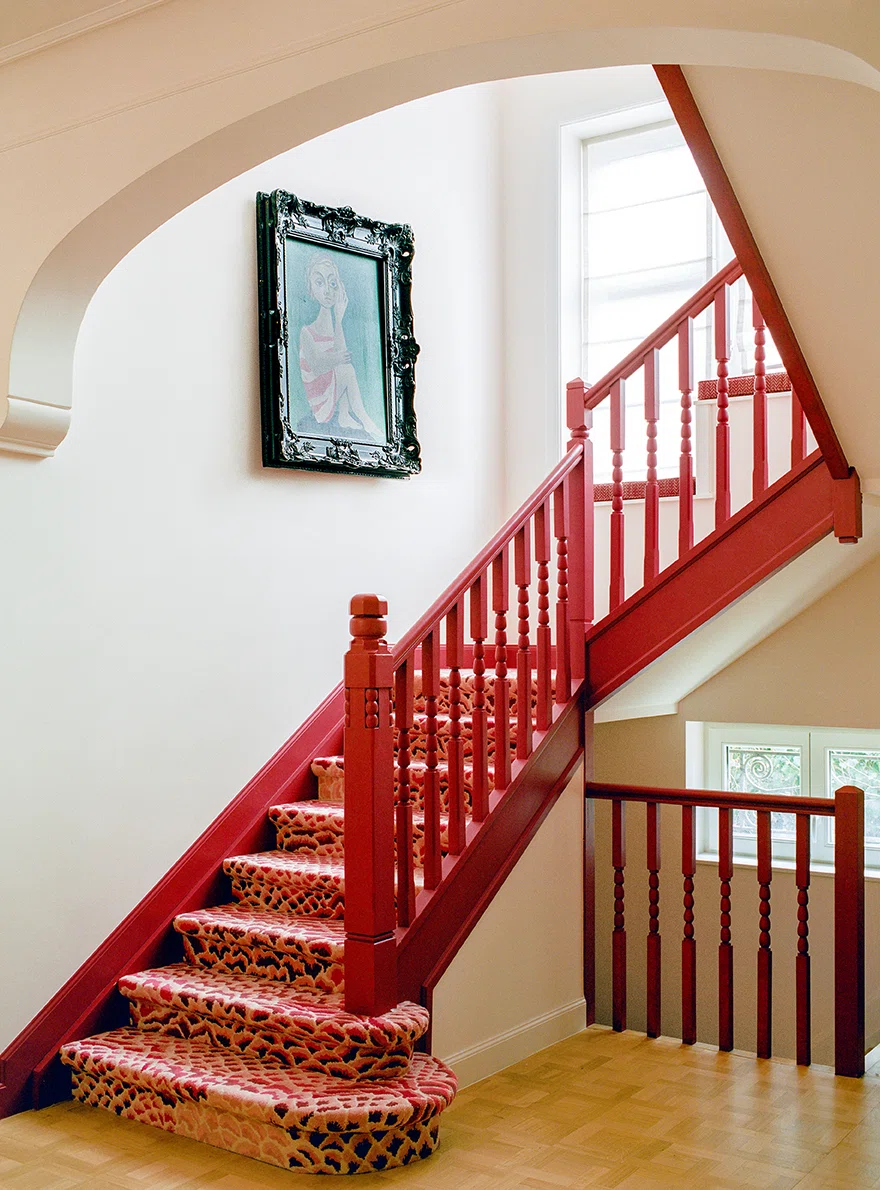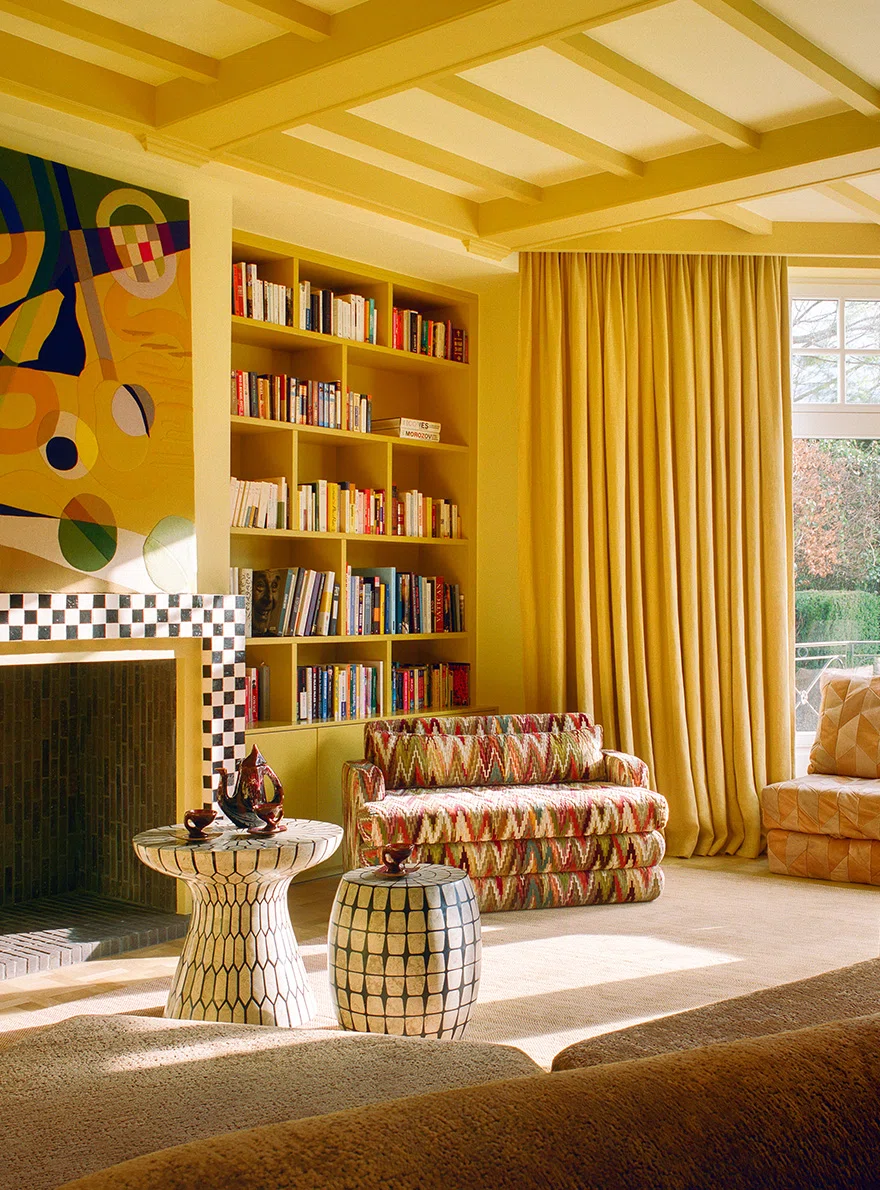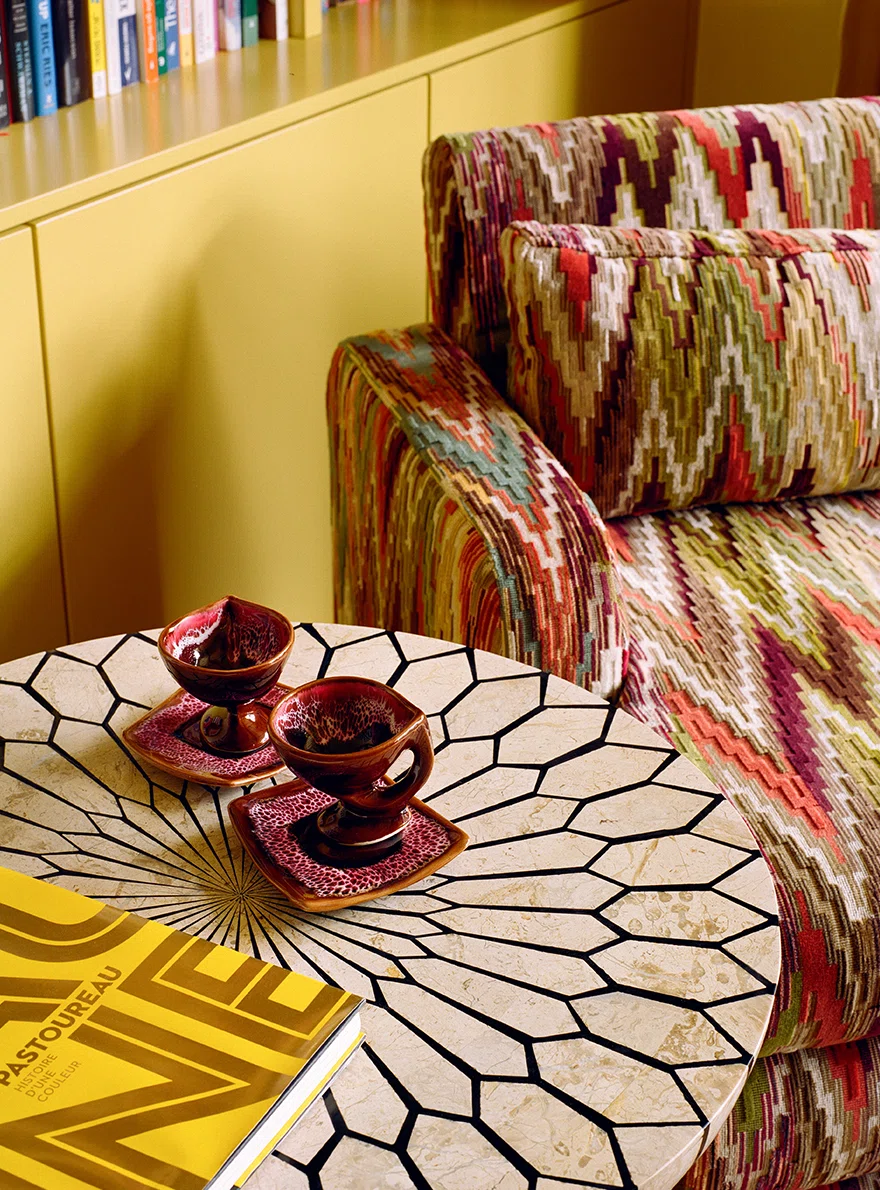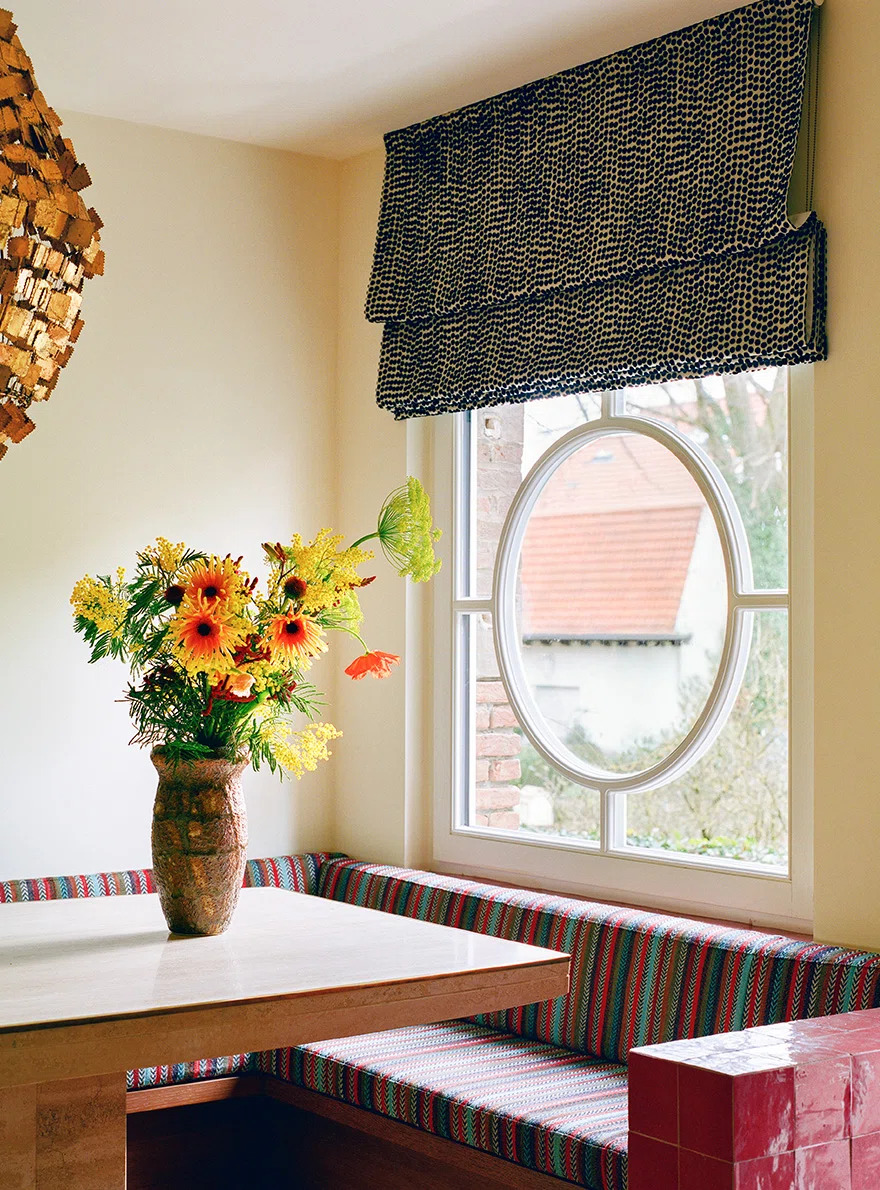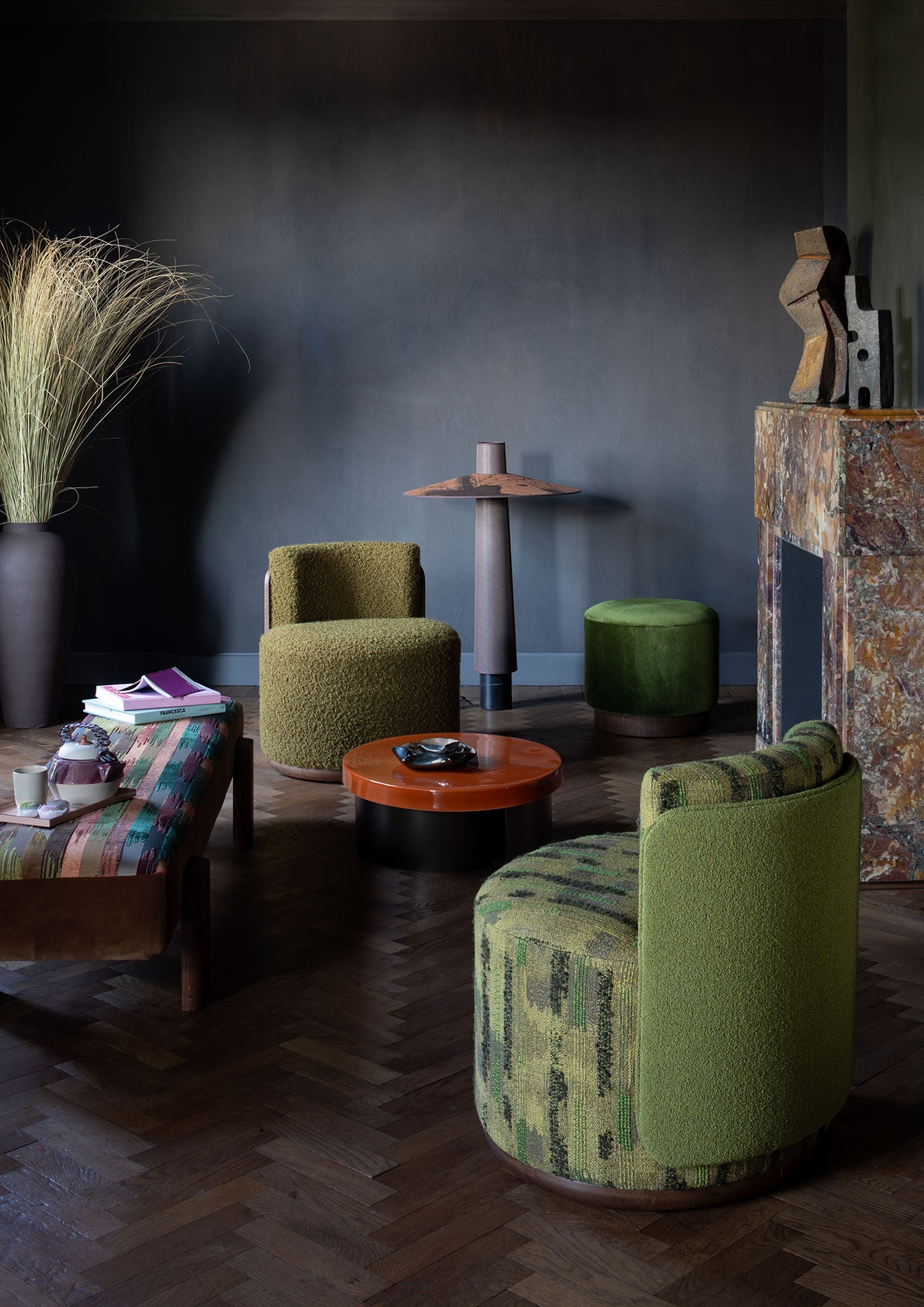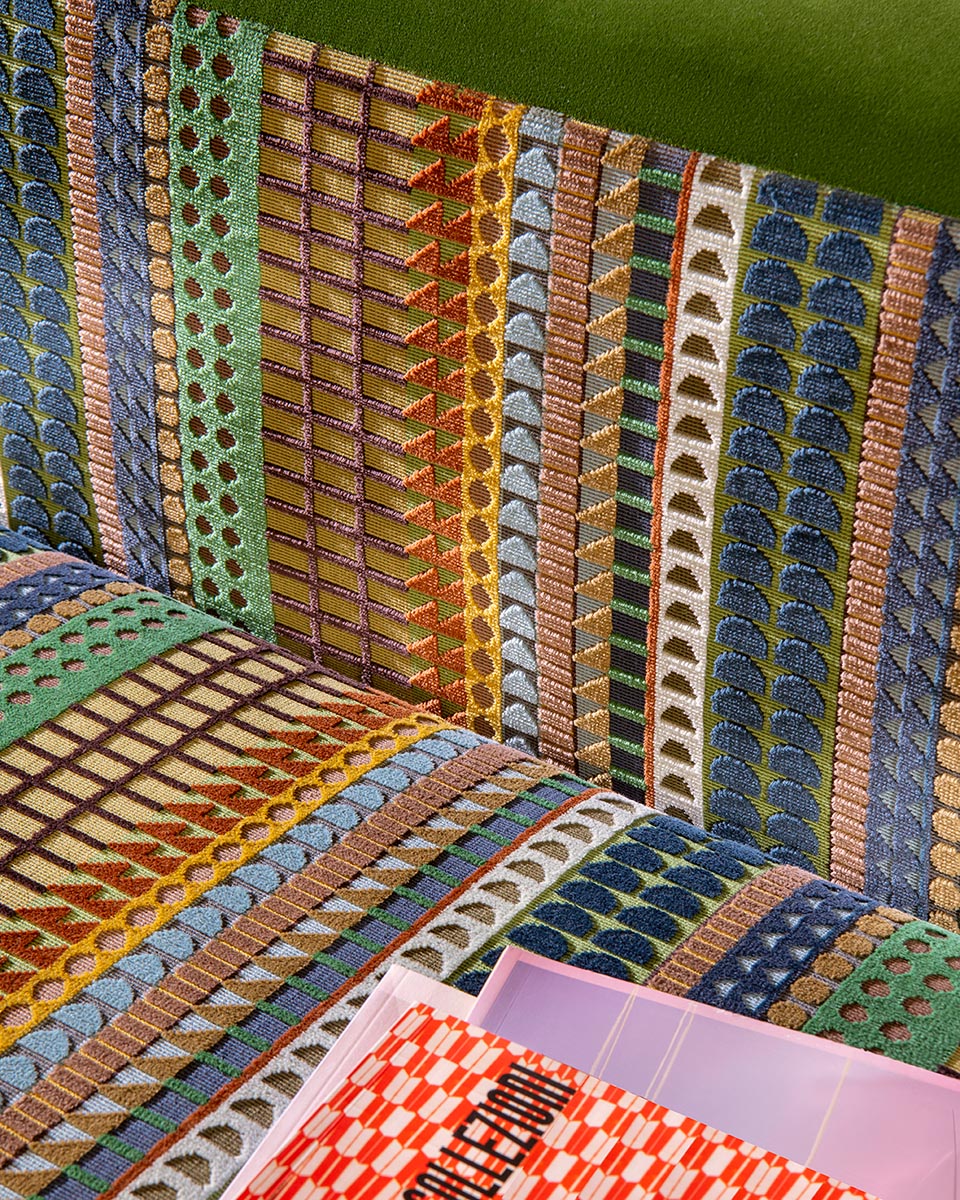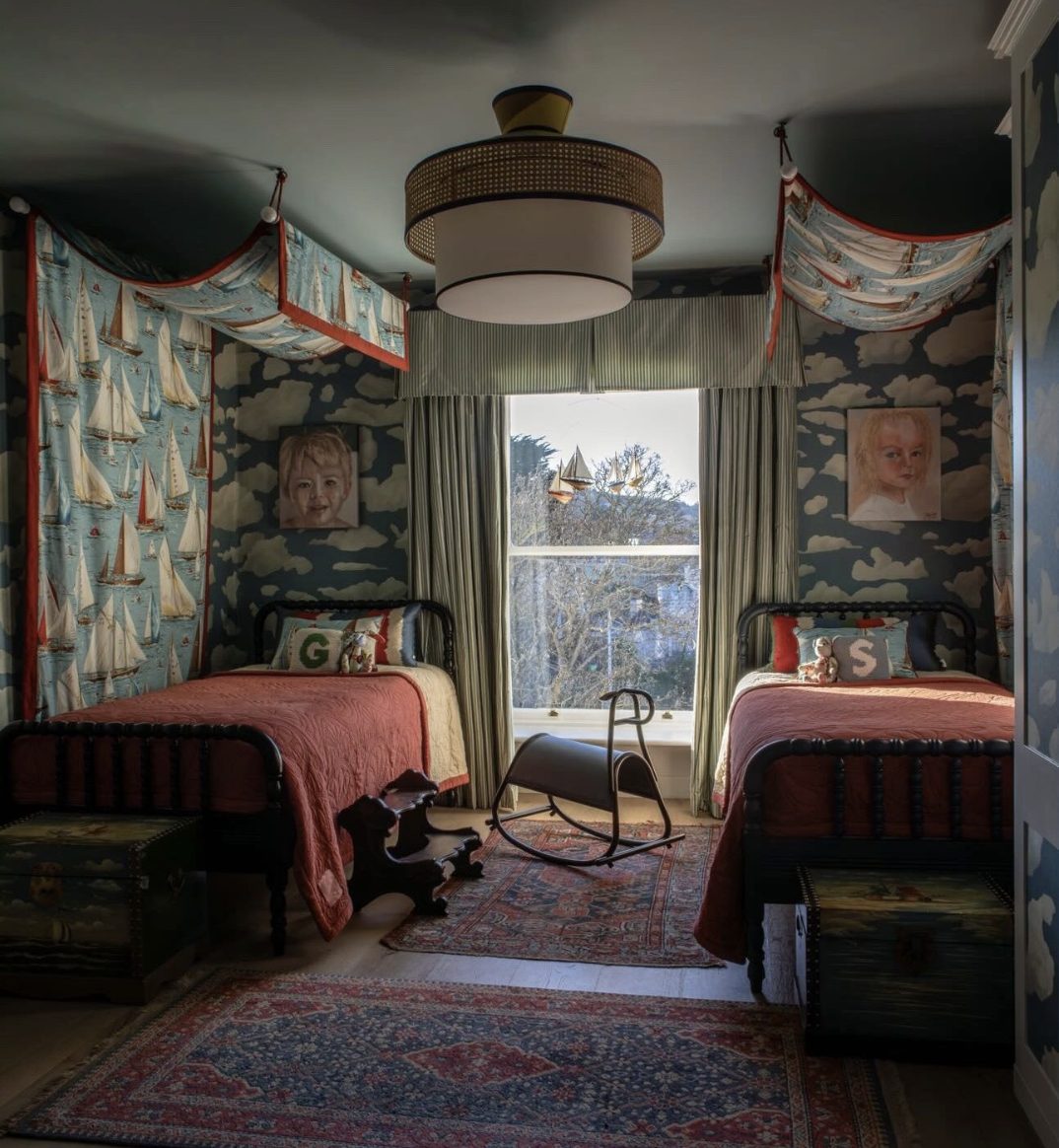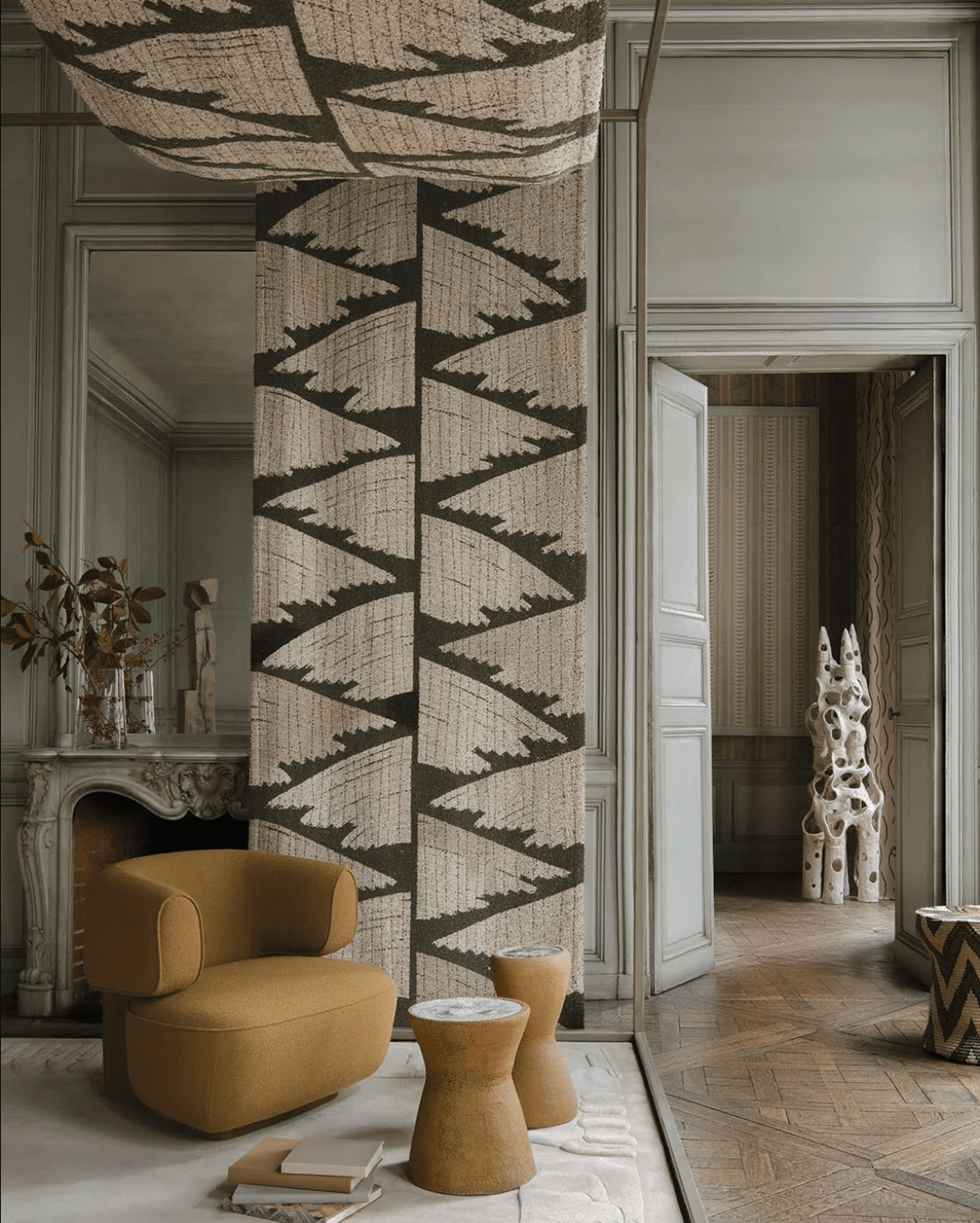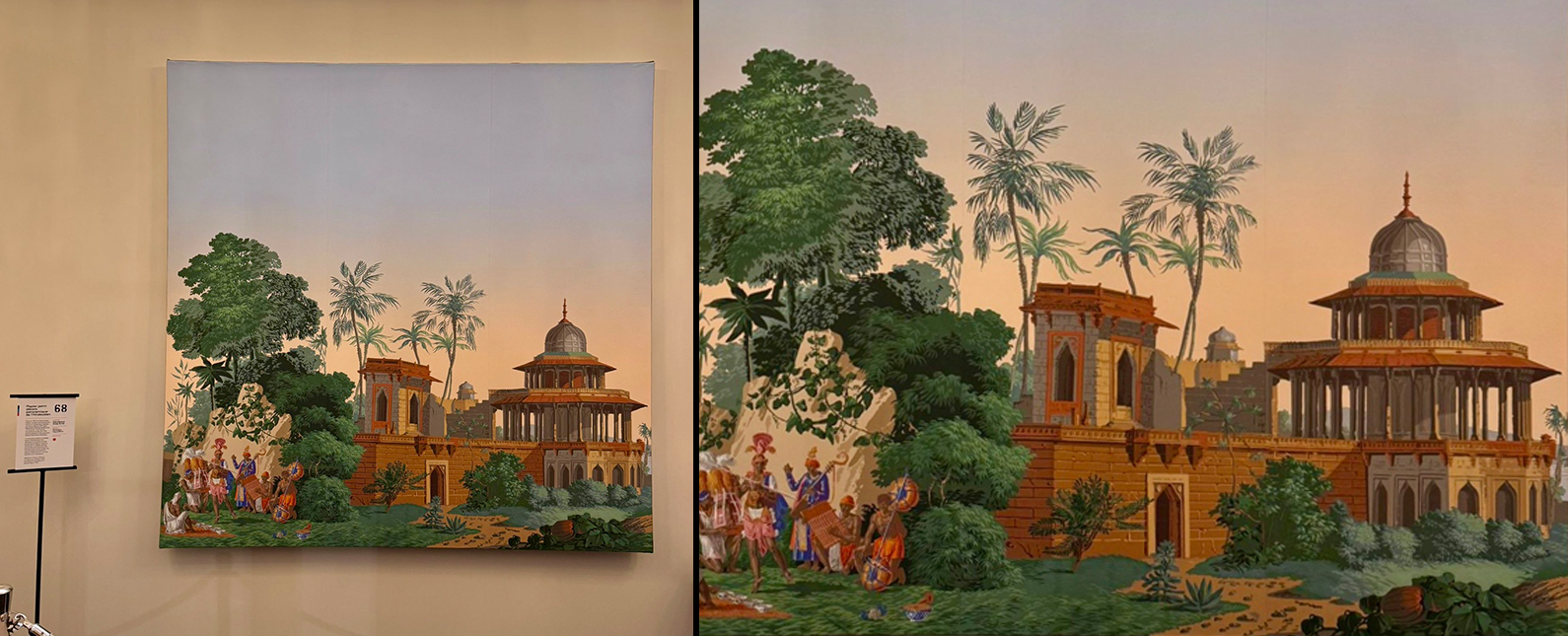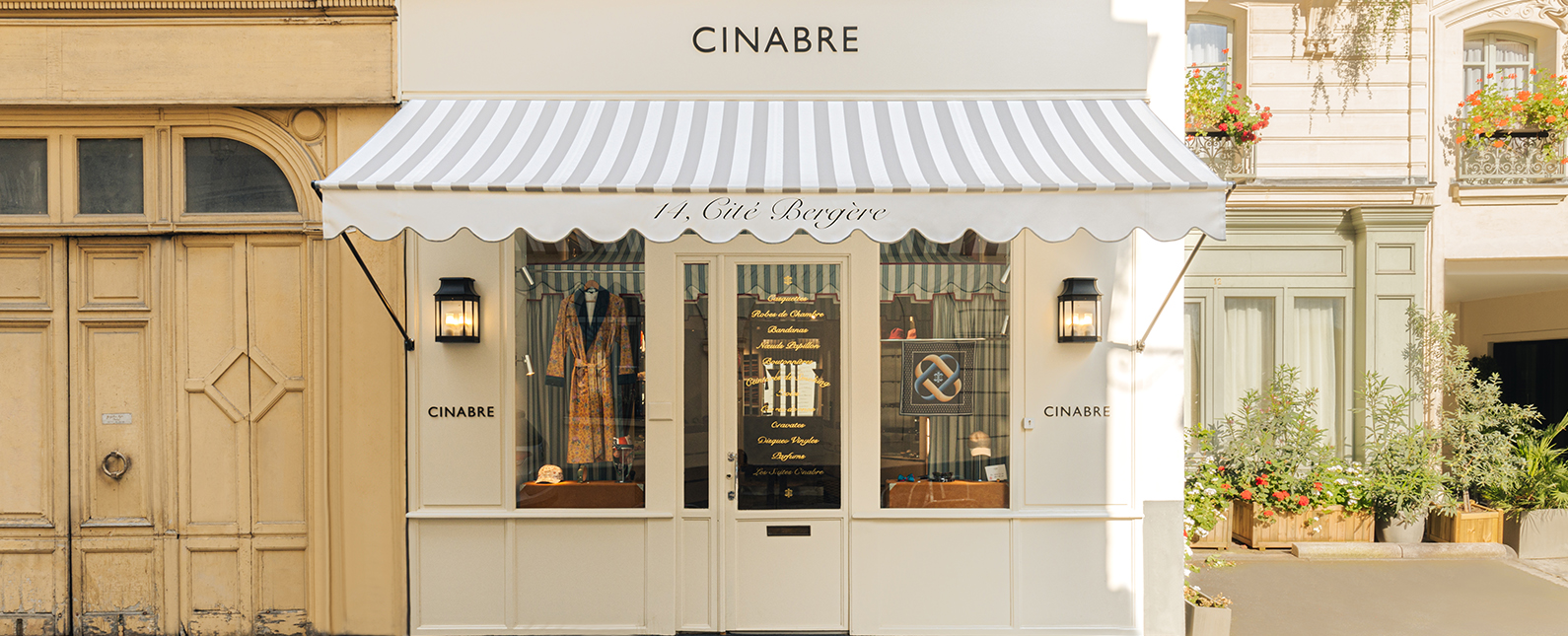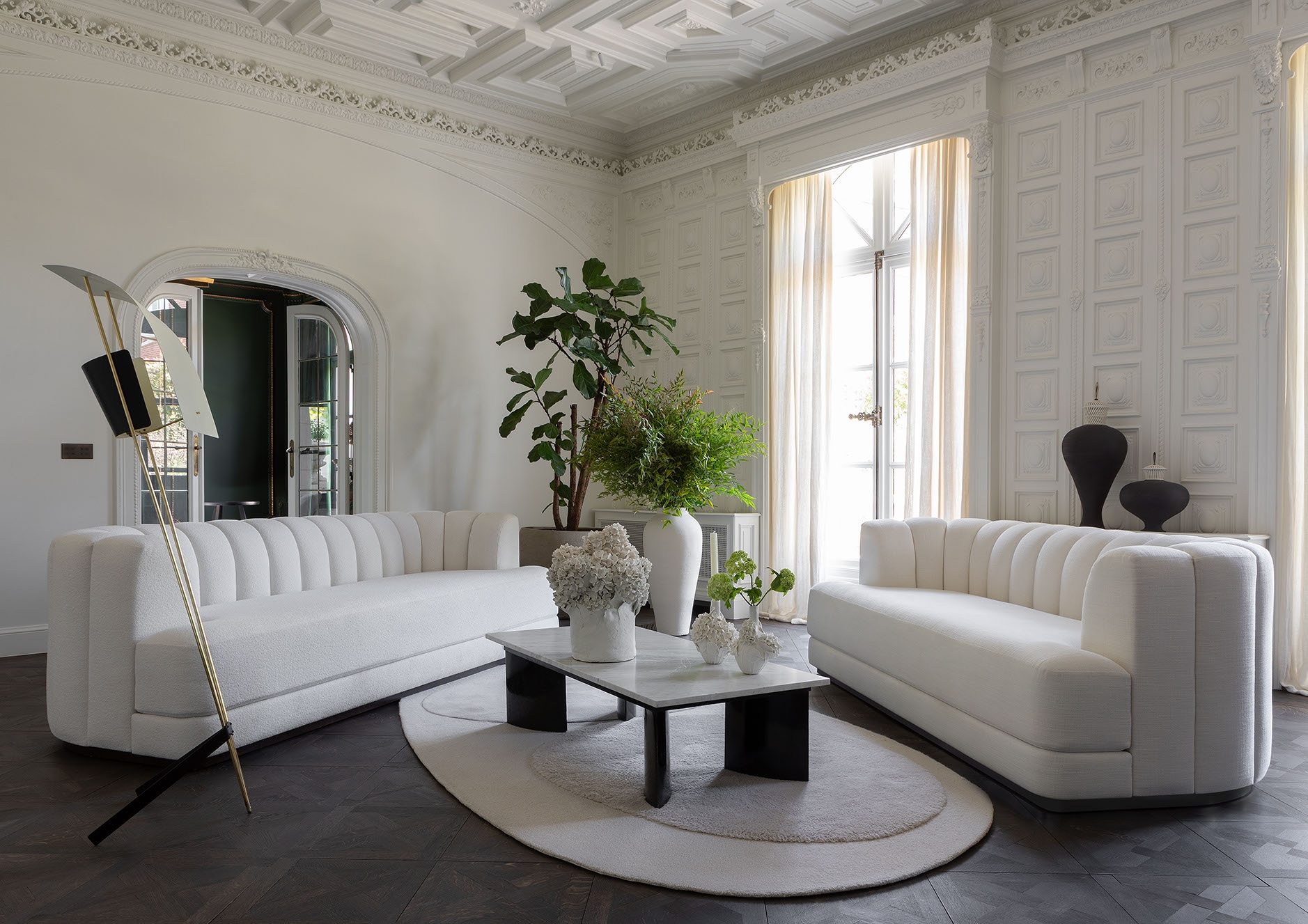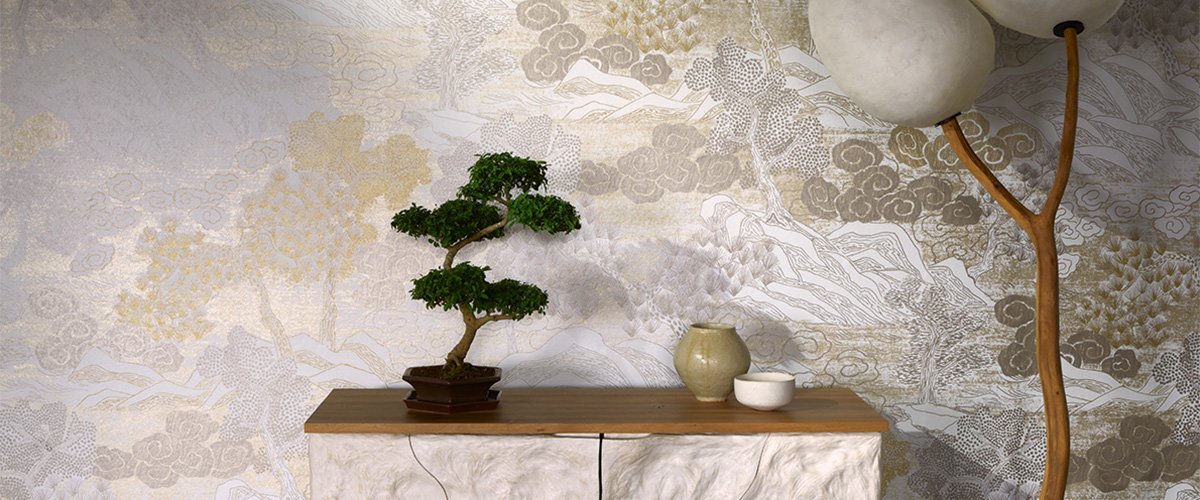
colors
You want to add this product to your wishlist ?
Login or create an account
You want to add this product to your wishlist ?
Login or create an account
You want to add this product to your wishlist ?
Login or create an account
colors
You want to add this product to your wishlist ?
Login or create an account
colors
You want to add this product to your wishlist ?
Login or create an account
You want to add this product to your wishlist ?
Login or create an account
You want to add this product to your wishlist ?
Login or create an account
colors
You want to add this product to your wishlist ?
Login or create an account
colors
You want to add this product to your wishlist ?
Login or create an account
colors
You want to add this product to your wishlist ?
Login or create an account
